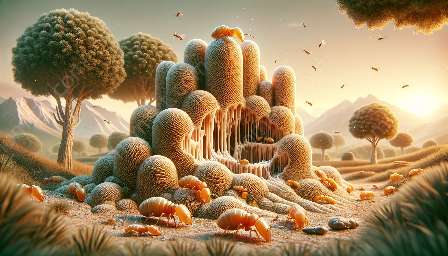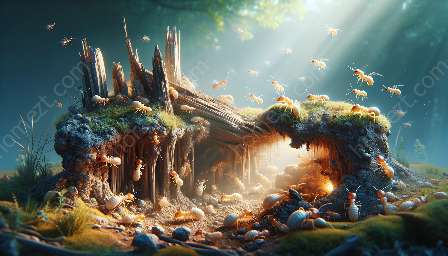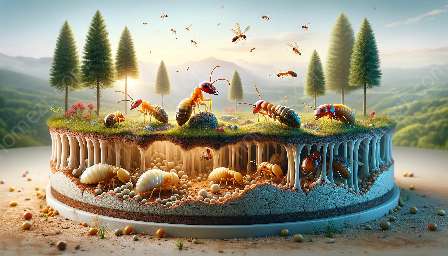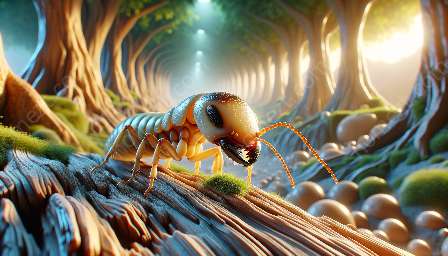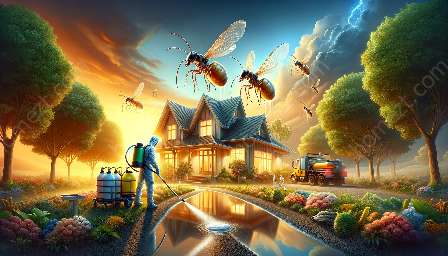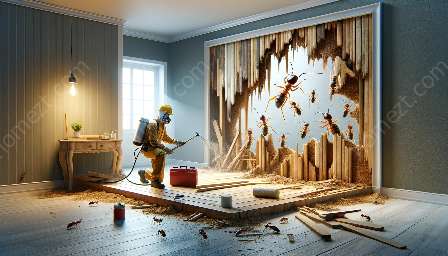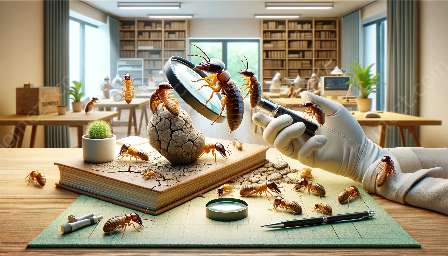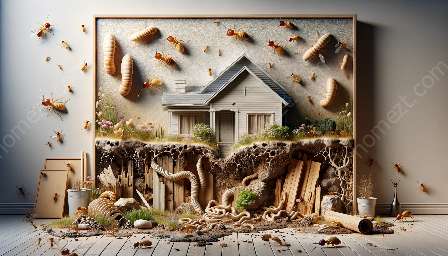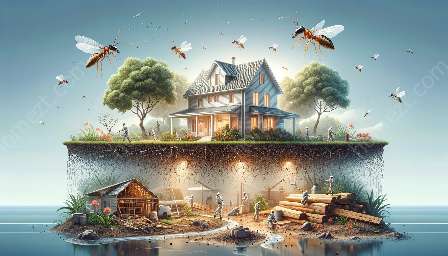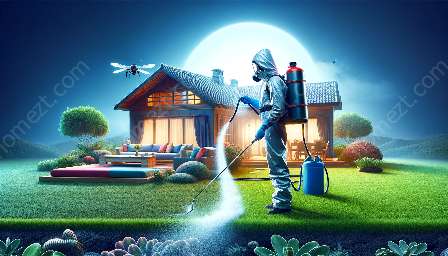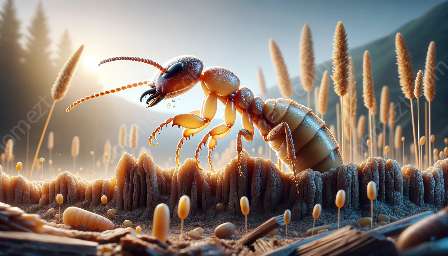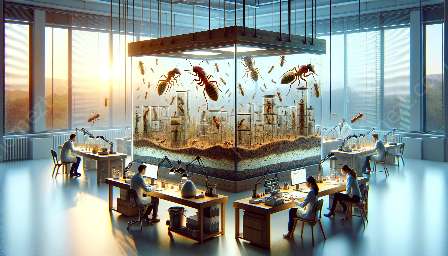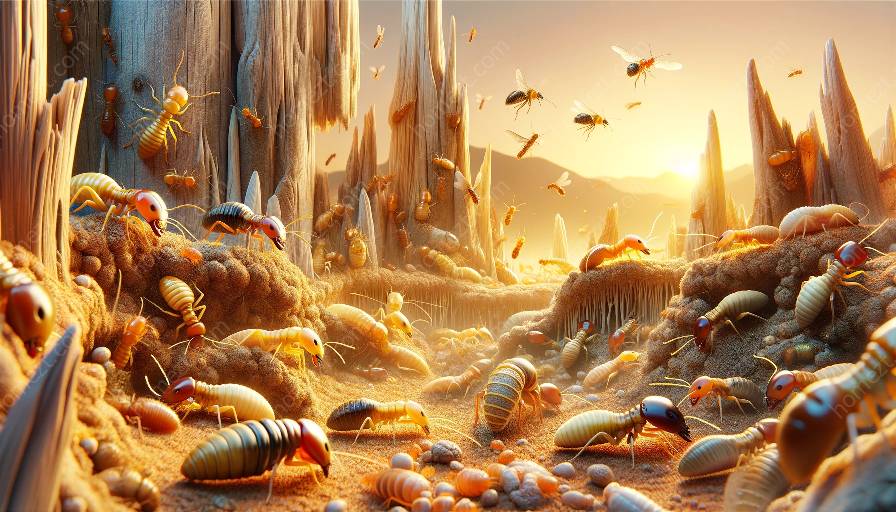Termites are a fascinating group of insects that play an essential role in ecosystems, but they can also be a significant pest. Understanding termite species and their behavior is crucial for effective pest control. Here, we will explore different termite species, their characteristics, and how to effectively control termite infestations.
Termite Species
There are over 2,700 species of termites worldwide, with the majority living in tropical and subtropical regions. However, termites can be found on every continent except Antarctica. The most common termite species that are known to cause significant damage to wooden structures are the subterranean termites, drywood termites, and dampwood termites.
Subterranean Termites
Subterranean termites are the most destructive termite species, causing considerable damage to homes and other wooden structures. They live in underground colonies and build mud tubes to reach their food sources. These termites feed on cellulose material and are known for their destructive nature.
Drywood Termites
Drywood termites are another common species that infest wooden structures. Unlike subterranean termites, drywood termites do not require contact with soil and establish their colonies within the wood they infest. These termites can cause significant structural damage if left unchecked.
Dampwood Termites
Dampwood termites are often found in damp and decaying wood, and they require high moisture levels to survive. They can be particularly destructive when they infest wooden structures exposed to moisture. Understanding the specific characteristics of each termite species is crucial for identifying and addressing infestations.
Identifying Termite Infestations
Recognizing the signs of a termite infestation early is essential for preventing extensive damage. Common signs of a termite infestation include discarded termite wings, mud tubes on walls or foundations, hollow-sounding wood, and visible damage to wooden structures. Regular inspections and vigilance are key to identifying infestations before they cause significant harm.
Pest Control Methods for Termites
Controlling termites requires a multi-faceted approach that involves both prevention and treatment. Effective pest control methods for termites include:
- Soil Treatment: Applying termiticides to the soil around the foundation of a building to create a barrier against subterranean termites.
- Baiting Systems: Using bait stations to attract and eliminate termites from the area.
- Wood Treatment: Applying wood preservatives and treatments to protect against drywood and dampwood termite infestations.
- Moisture Control: Addressing moisture issues in and around the structure to prevent dampwood termite infestations.
- Regular Inspections: Conducting routine inspections to detect and address termite infestations early.
Implementing these pest control methods can help mitigate the risk of termite infestations and reduce the potential for damage to wooden structures.
Conclusion
Understanding the behavior and characteristics of termite species is essential for effective pest control. By recognizing the signs of termite infestations and implementing appropriate pest control methods, homeowners and property managers can protect their structures from the damaging effects of termites. Taking proactive measures to address termite infestations can help maintain the integrity of wooden structures and minimize the need for extensive repairs.

